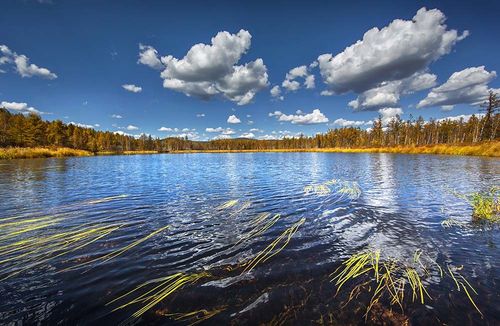The Ultimate Guide: How to Train for Backpacking Like a Pro
Backpacking can be an exhilarating and rewarding experience, but it can also be physically demanding. To ensure that you are fully prepared, it’s essential to train and condition your body beforehand. In this ultimate guide, we will cover everything you need to know about how to train for backpacking like a pro.
Why is Training Important for Backpacking?
Backpacking involves carrying a heavy load for an extended period of time, often over rough terrain and varying elevations. It’s not unusual to cover several miles in a day, and the strain on your muscles and joints can be significant. Training prior to your trip will help you build endurance, strength, and flexibility, all of which are crucial for a successful and safe backpacking trip.
Start with Cardiovascular Exercise
The first step in training for backpacking is to focus on cardiovascular exercise. You need to build endurance for the long days of hiking with a heavy pack. Running, cycling, and swimming are great options for improving your cardiovascular fitness. Aim for at least three to four sessions per week, gradually increasing the duration and intensity of your workouts. Remember to consult your doctor before starting any new exercise program.
Strength and Resistance Training
In addition to cardiovascular training, you need to incorporate strength and resistance training into your routine. Backpacking requires the use of multiple muscles, so it’s important to work on your entire body. Focus on exercises that involve your core, legs, and upper body.
Squats, lunges, and calf raises are excellent exercises for building lower body strength. For your upper body, push-ups, pull-ups, and rows are effective. Resistance bands and weights can also be used to add extra resistance to your workouts. Aim for at least two to three strength training sessions per week.
Flexibility and Stretching
Flexibility is also critical for backpacking. Tight muscles can be uncomfortable and increase the risk of injury. Yoga, pilates, and stretching are excellent choices for improving flexibility. Aim for at least one stretching session per week, focusing on your hamstrings, hips, quads, calves, and back.
Don’t Forget Rest and Recovery
Rest and recovery are just as important as training. Adequate rest allows your body to recover and repair any muscle damage. It’s essential to get enough sleep, eat a balanced diet, and stay hydrated. Listen to your body and take breaks when needed to avoid overtraining and injury.
In Conclusion
Training for backpacking requires a combination of cardiovascular exercise, strength training, flexibility, and rest and recovery. Take the time to prepare your body for the physical demands of backpacking, and you’ll be rewarded with an unforgettable experience. Remember to consult with a professional before starting any new exercise program, and enjoy your journey to becoming a pro backpacker.
(Note: Do you have knowledge or insights to share? Unlock new opportunities and expand your reach by joining our authors team. Click Registration to join us and share your expertise with our readers.)
Speech tips:
Please note that any statements involving politics will not be approved.
